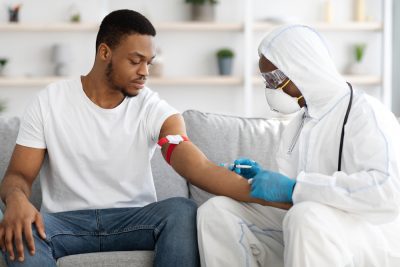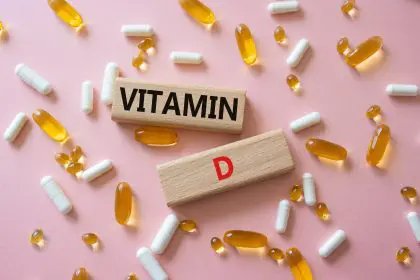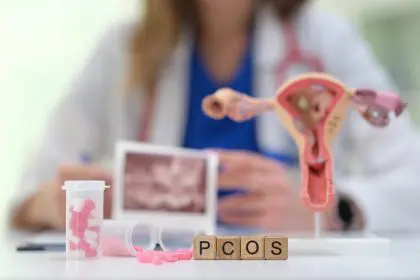Mononucleosis, often referred to as “mono” or “the kissing disease,” is commonly associated with teenagers and young adults. This nickname arises from its primary transmission mode: through saliva, often via kissing. However, mononucleosis is far more complex than this simple moniker suggests. This article delves into the multifaceted nature of the disease, shedding light on its causes, symptoms, diagnosis, treatment, and prevention while debunking the myth that it’s merely a result of teenage romance.
What is mononucleosis?
Mononucleosis is a viral infection caused primarily by the Epstein-Barr virus (EBV), a member of the herpesvirus family. While the nickname “kissing disease” is catchy, the virus can spread through other means, such as sharing drinks, eating utensils, or being exposed to coughs and sneezes. Understanding the full scope of how mono spreads is crucial for preventing its transmission.
Symptoms of mononucleosis
The symptoms of mononucleosis can vary widely from person to person, but common signs include:
- Extreme fatigue: One of the hallmark symptoms is fatigue from mono, which can last for weeks or even months.
- Fever: A high temperature is common in the initial stages of the infection.
- Sore throat: Often severe, it can resemble strep throat but does not respond to antibiotics.
- Swollen lymph nodes: Particularly in the neck and armpits.
- Swollen tonsils: Sometimes with a whitish coating.
- Headache: Persistent and can be quite debilitating.
- Skin rash is less common but can occur, especially if the patient takes certain medications.
It’s important to recognize that while these symptoms can be indicative of mono, they can also be present in other illnesses. Accurate diagnosis is key to proper treatment and management.
Diagnosis and treatment
Diagnosing mononucleosis typically involves a physical examination and a review of symptoms. A doctor may also order blood tests to look for antibodies against EBV or an elevated white blood cell count, both indicators of the infection.
Treatment for mononucleosis
There is no specific antiviral treatment for mononucleosis; instead, care focuses on relieving symptoms:
- Rest: The most important aspect of recovery. Patients are advised to rest as much as possible.
- Hydration: Drinking plenty of fluids helps alleviate symptoms and prevent dehydration.
- Pain relief: Over-the-counter medications like acetaminophen or ibuprofen can reduce fever and alleviate sore throat pain.
- Avoiding strenuous activity: Because the spleen can become enlarged, patients should avoid contact sports or heavy lifting to prevent rupture, a serious complication.
Recovery times can vary. Some people feel better in a few weeks, while others may experience symptoms for several months.
Debunking myths about mononucleosis
One of the biggest misconceptions about mononucleosis is that it only affects teenagers and young adults. While it’s true that these age groups are more commonly diagnosed, mono can affect people of all ages. Adults and older individuals may experience milder symptoms, but the virus does not discriminate by age.
Another myth is that mononucleosis is not serious. While most cases are resolved without long-term issues, complications can occur. These include:
- Enlarged spleen: As mentioned, this can lead to a risk of rupture, which is a medical emergency.
- Hepatitis: Inflammation of the liver can occur in some cases.
- Jaundice: A yellowing of the skin and eyes, indicating liver involvement.
- Anemia: A reduction in red blood cells.
- Thrombocytopenia: A low platelet count affecting blood clotting.
- Heart issues: Rarely, mono can affect the heart, leading to myocarditis or other conditions.
Prevention: How to avoid contracting mononucleosis
Preventing mononucleosis primarily involves avoiding the exchange of saliva with infected individuals. This includes not sharing drinks, food, utensils, or personal items like toothbrushes. Good hygiene practices, such as frequent hand washing and using sanitizers, can also reduce the risk of transmission.
Living with mononucleosis
Living with mononucleosis requires patience and self-care. The prolonged fatigue can be particularly challenging, but listening to your body and allowing ample time for rest is crucial. Maintaining a healthy diet, staying hydrated, and gradually reintroducing physical activity can aid in recovery.
Emotional support is also important. The long duration of symptoms can be frustrating and isolating. Connecting with others who have experienced mono, whether through support groups or online communities, can provide valuable encouragement and tips for managing the illness.
Conclusion: Recognizing the full scope of mononucleosis
Mononucleosis is more than just a kissing disease. It’s a complex viral infection with a range of symptoms and potential complications. Understanding its transmission, recognizing its symptoms, and knowing how to manage and prevent it are crucial steps in addressing the disease. By debunking myths and raising awareness, we can better support those affected by mono and help them on the path to recovery.
In summary, mononucleosis is a significant health concern that extends beyond its reputation as a teenage ailment. Through education and awareness, we can ensure a more comprehensive understanding of the disease, leading to better prevention and management strategies.
This story was created using AI technology.















